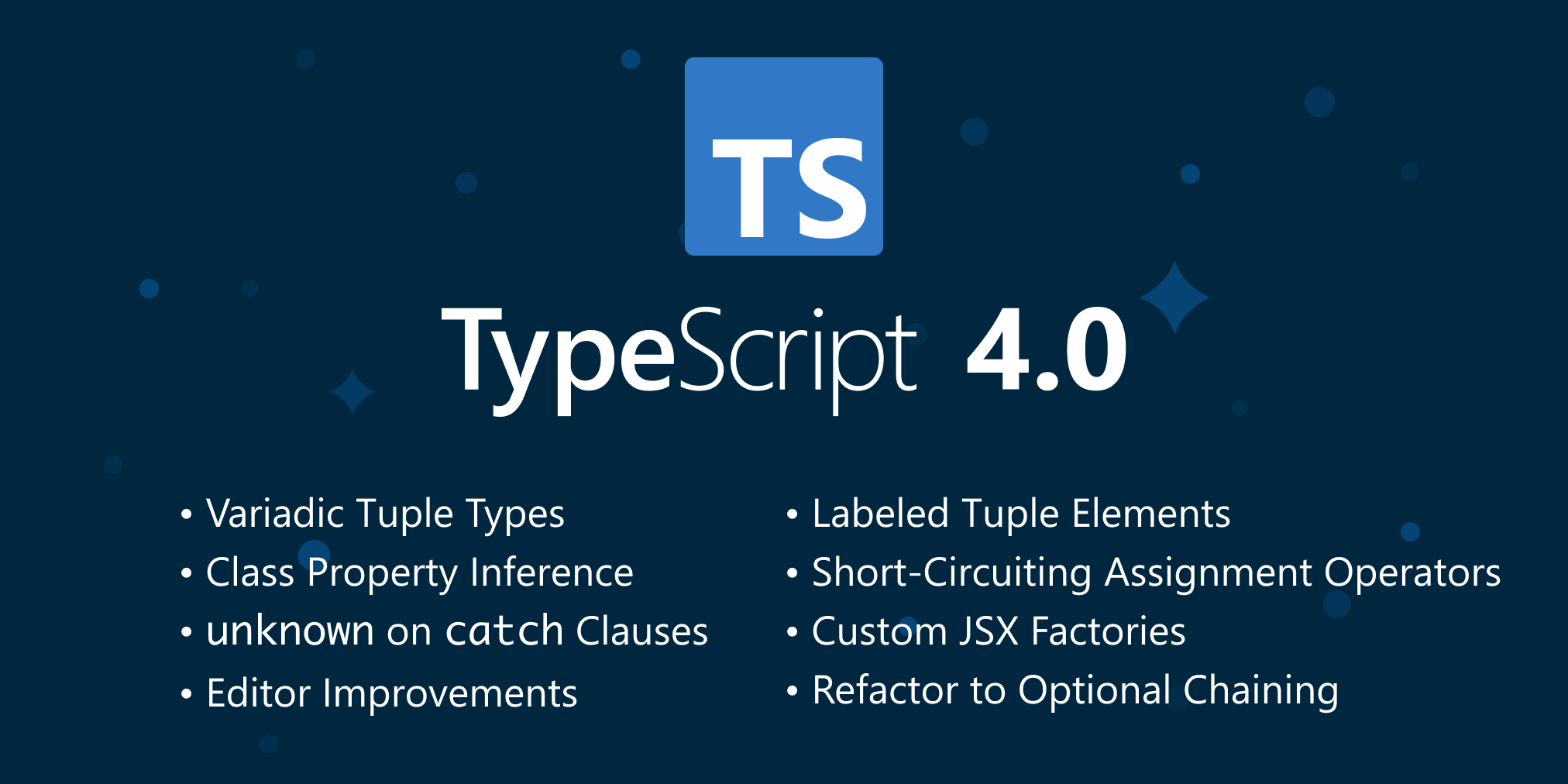
Building Your First React Memory Card Game: Avoiding DOM Pitfalls
Learn how to build a memory card game in React with best practices, state management using hooks, and avoid direct DOM manipulation mistakes.
Bhavishya Sahdev
Author
Building Your First React Memory Card Game: Avoiding DOM Pitfalls

Creating a memory card game is a fantastic first project for React developers, blending interactive UI elements and stateful logic. However, newcomers often struggle with managing UI updates and inadvertently falling back on direct DOM manipulation -- a common pitfall that React's virtual DOM is designed to abstract away. In this article, we'll explore how to build a React memory card game while adhering strictly to React best practices, managing state declaratively, and avoiding direct DOM handling missteps.
Understanding React and DOM Interaction
React operates on a virtual DOM abstraction which means direct DOM manipulation is generally discouraged. Instead, UI updates should be handled via changes to React state and props, which prompt React to efficiently reconcile the virtual DOM and update the real DOM accordingly (React Official Documentation - Quick Start, 2024).
Manipulating the DOM directly can cause inconsistencies between the virtual and real DOM, leading to unpredictable UI bugs. In React, if DOM access is necessary -- for example, for focusing an input element -- this should be carefully handled using refs and lifecycle hooks like useEffect rather than in render logic (MDN Web Docs, 2025).
Managing State and UI Updates with React Hooks
For interactive games like a memory card game, the state represents which cards are flipped, matched, or still hidden. React hooks such as useState or useReducer let you manage this state declaratively. When state changes, React re-renders the necessary components, keeping the UI in sync without manual DOM manipulation (Build a Memory Game Using React Hooks - freeCodeCamp, 2021).
This declarative approach not only prevents bugs but also simplifies reasoning about UI complexity by centralizing state logic.
Common Mistakes: Avoiding Direct DOM Manipulation in React
A frequent challenge for developers accustomed to vanilla JavaScript is attempting to manually manipulate DOM elements, such as flipping cards by toggling class names with document.querySelector or using jQuery-like manipulations. In React, these actions should instead be modeled as state changes, triggering re-render with new UI reflecting the flipped state (React Best Practices - LogRocket, 2022).
Avoid side effects in render functions and instead handle event logic inside React event handlers or effects. This ensures the React reconciliation process remains reliable.
Building a Memory Card Game: Step-by-Step Implementation
Here is a simplified React example demonstrating how to manage flipped cards declaratively using useState. This example avoids any direct DOM manipulation and respects React's virtual DOM model:
javascriptimport React, { useState } from 'react'; function Card({ isFlipped, onClick, content }) { return ( <div className={`card ${isFlipped ? 'flipped' : ''}`} onClick={onClick}> {isFlipped ? content : '?' } </div> ); } function MemoryGame() { const initialDeck = [ { id: 1, value: 'A' }, { id: 2, value: 'A' }, { id: 3, value: 'B' }, { id: 4, value: 'B' } ]; const [flippedIndices, setFlippedIndices] = useState([]); function handleCardClick(index) { if(flippedIndices.length < 2 && !flippedIndices.includes(index)) { setFlippedIndices([...flippedIndices, index]); // Additional logic for matching can be added here } } return ( <div className="game-board"> {initialDeck.map((card, idx) => ( <Card key={card.id} isFlipped={flippedIndices.includes(idx)} onClick={() => handleCardClick(idx)} content={card.value} /> ))} </div> ); } export default MemoryGame;
This pattern leverages React's state to control UI. Each card component receives props reflecting its flipped status and re-renders automatically on state changes. This approach aligns with React 18's standards and should be preferred over manual DOM manipulation (React Official Documentation - Quick Start, 2024; React v18 Upgrade Guide, 2022).

Best Practices and Performance Optimization
- Lifting State Up: To share game state across components (e.g., between cards and scoreboard), lift state to the nearest common ancestor and pass down via props (React Best Practices - LogRocket, 2022).
- Key Usage in Lists: Always assign unique
keyprops to list elements to help React efficiently update and track them. - Avoid Side Effects in Render: Place side effects such as timers or event listeners inside
useEffecthooks to prevent unexpected behavior. - Handle Errors Gracefully: Implement error boundaries or validation for user inputs to enhance user experience.
Current trends emphasize functional components with hooks for concise and manageable state (React Official Documentation - Quick Start, 2024).

Debugging Tips and Common Issues
- State Desynchronization: If UI doesn't update as expected, ensure you're not manipulating the DOM directly outside React's control.
- Event Handling: Confirm event handlers update state rather than DOM properties.
- Component Keys: Avoid non-unique or index-only keys in dynamic lists to prevent improper component reuse.
Using React developer tools can help visualize state and props changes in real time.
Conclusion
Building a memory card game in React offers a great introduction to component-driven UI and state management. The key takeaway is to embrace React's declarative paradigm by managing game state with hooks like useState and avoid any form of direct DOM manipulation. This approach ensures maintainable, predictable, and performant applications.
As of React 18+, these patterns are stable and recommended, making your React journey smoother and more robust.
For further learning, explore the React official docs and tutorials such as the freeCodeCamp memory game guide.
References
- React Official Documentation - Quick Start, 2024. https://react.dev/learn
- Introduction to the DOM - MDN Web Docs, updated May 27, 2025. https://developer.mozilla.org/en-US/docs/Web/API/Document_Object_Model/Introduction
- Build a Memory Game Using React Hooks - freeCodeCamp, 2021. https://www.freecodecamp.org/news/build-a-memory-game-react-hooks/
- React Best Practices - LogRocket Blog, 2022. https://blog.logrocket.com/react-best-practices/
- React v18 Upgrade Guide, 2022-03-29. https://reactjs.org/blog/2022/03/29/react-v18-upgrade-guide.html
> Note: This article relies solely on verified information from official and reputable sources identified in the research phase. No deprecated React features were used; all code is compatible with React 18 and newer releases.

